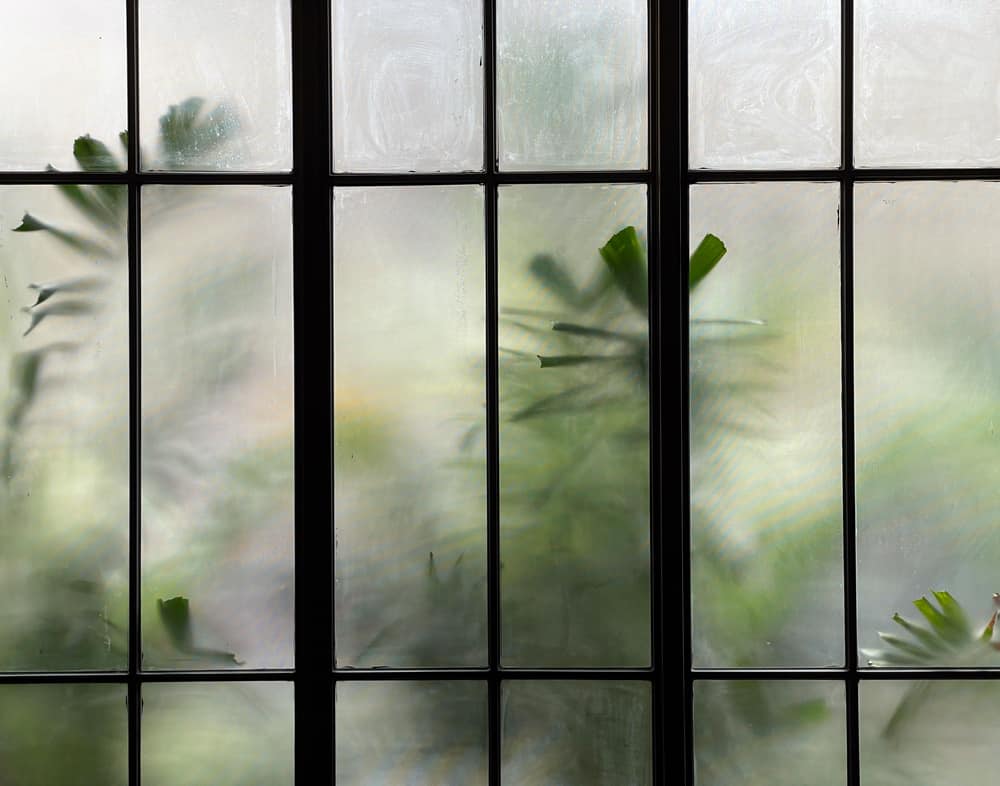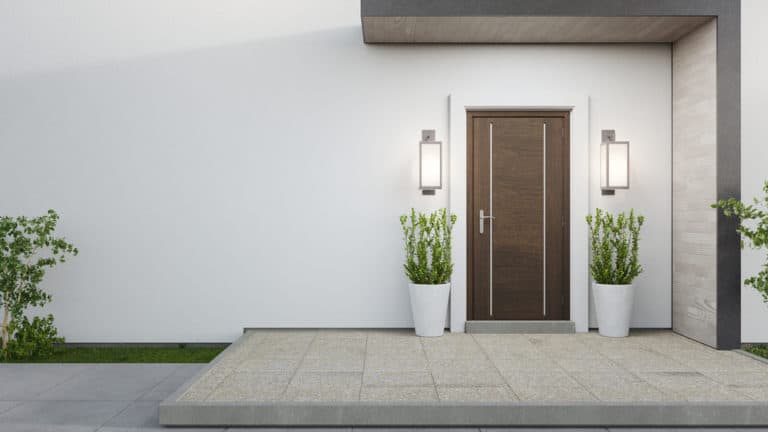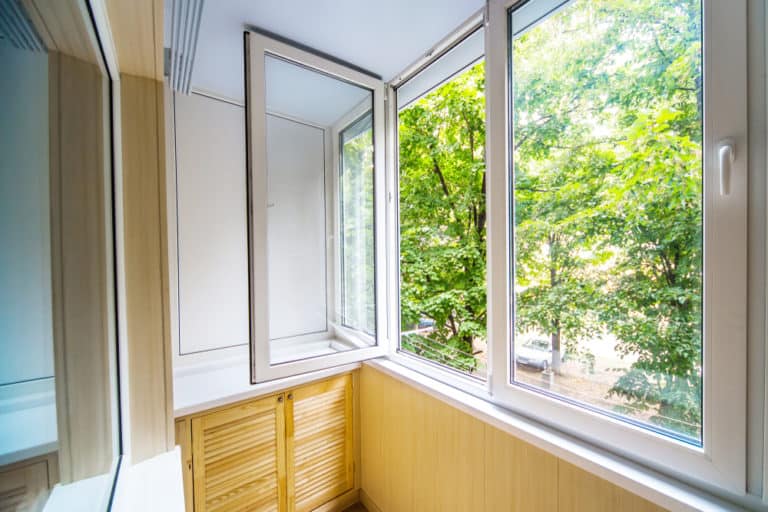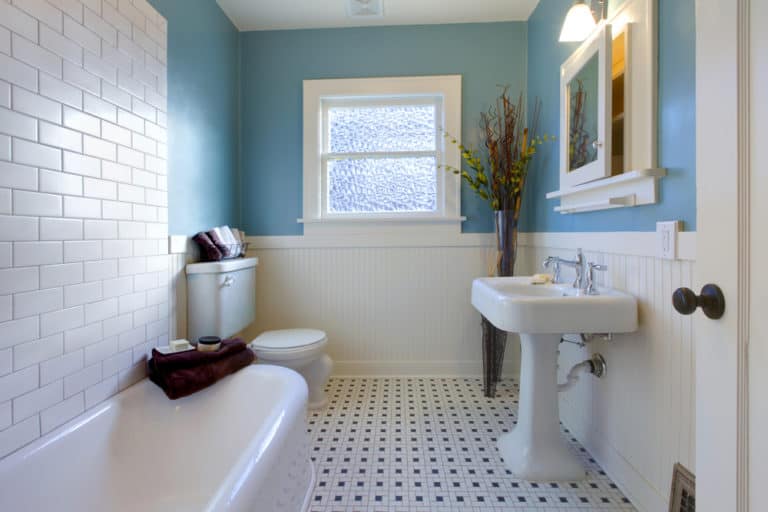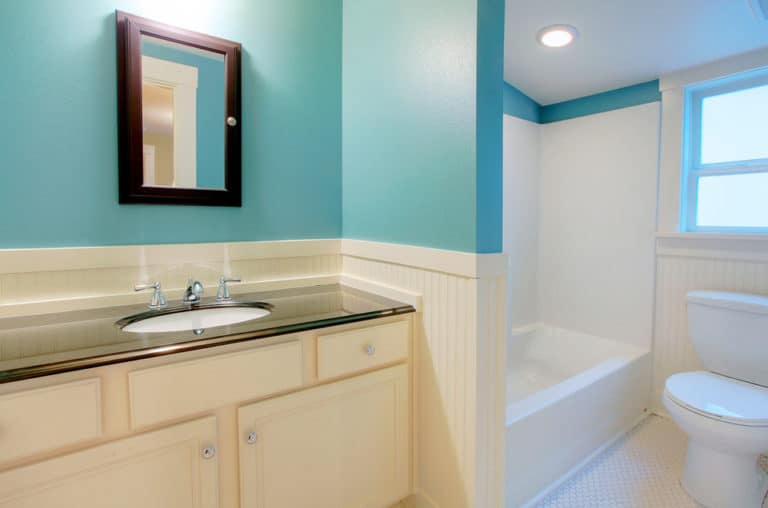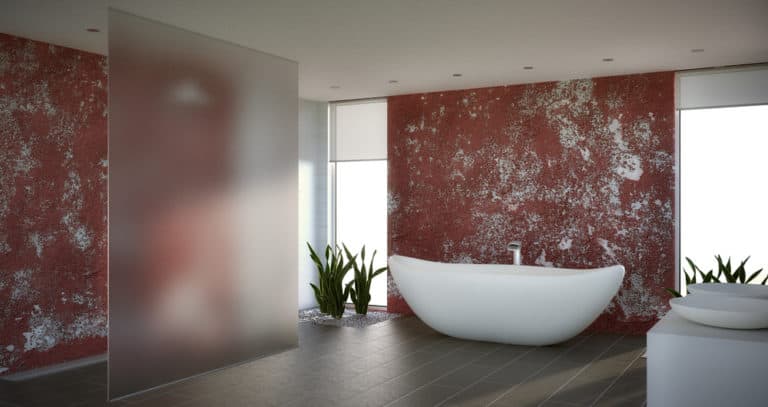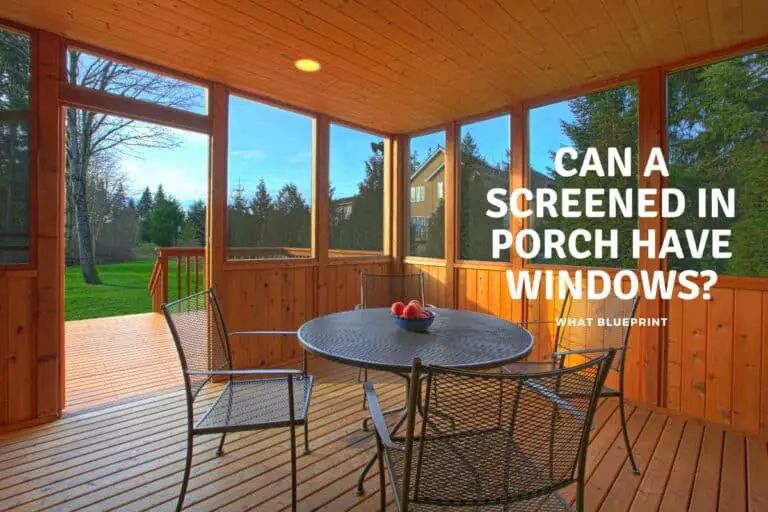Frosted Glass Types
Windowpanes might look simple, but they’re actually quite complex. In addition to their many different types, there are numerous methods of crafting windows. While that means you can have your pick of styles, it can also make choosing a window a little daunting.
Frosted glass is any type of glass with translucent properties or semi-opaque. Frosted glass allows light to diffuse through it but still maintains visual privacy by blurring out the view behind it. Today frosted glass comes in many different forms and decorative patterns.
Fortunately, you don’t have to know the nitty-gritty details about how windows are made to appreciate what frosted glass means for your home. Here is what everyone needs to know and understand about frosted glass and its uses in your home and design, as frosted glass has exploded into the markets with various ideas and uses for its versatility.
Frosted Glass Types
With technology expanding and evolving as it does, frosted glass has expanded its possibilities and opened doors to different forms of creating frosted glass techniques and patterns that give us a particle use of privacy and add texture and decorative attributes to its surroundings.
1. Acid Etched
Acid-etched is the oldest technique for creating detailed and textured finished glass. This technique is sometimes referred to as French embossing and was discovered when artisans realized that when heated fluorite was added to glass, it acted like hydrochloric acid and melted the glass to give it a translucent look.
Today this technique is created by using an acidic solution to etch away the top layer of the glass, resulting in a more detailed and textured finish. This is perfect for decorative applications where you want a bit more detail than a sandblasted finish.
The acid etched technique allows you to experiment with the opacity levels of the glass. It allows intricate designs to be created for customization. Due to its smoothness, it is conveniently low on maintenance.
2. Sandblasting
Sandblasted glass is created by using high-pressure air to blast abrasive materials such as sand or nutshells onto the surface of the glass. This results in a smooth, uniform finish perfect for privacy and decorative applications.
Sandblasting was a technique used to create frosted glass long before our current technology and methods. Sandblasting has progressed a long way since its early beginnings using simple homemade sandblasting tools. Today sandblasting can be achieved using hydraulic machines in commercial shops around the world.
The basic idea behind sandblasting is that as the sand is propelled by compressed air and fired against the glass at high speeds, it will begin to erode and dissolve the glass surface. The glass temperature determines how much material is removed and how quickly.
Over time the holes created by this process become larger and larger, creating an opaque surface with a textured matte finish that is a refined version of frosted glass.
This method of creating frosted glass is one of the most effective methods available when it comes to creating privacy while still maintaining a decorative look that can be used in many different applications both inside and outside of your home or business.
A plus point to applying the sandblasting technique is that you can create different patterns using masking tape to map out your design.
Another bonus to this versatile technique is the addition of variant gradients and opacity to the design.
3. Ceramic Frit Silkscreen
Another frosting technique is ceramic frit, whereby glass enamel is fused to the glass surface before being strengthened and tempered. This method allows designers to use different colors and designs to achieve the desired effect.
This frosted glass style helps reduce glare and increase privacy through a window or door. Stencils range in shape, size, and design and can normally be found in dots, stripes, holes, and gradients. This application can also be applied to the whole glass to create a transparent, translucent, or opaque finish.
4. Translucent Interlayer Laminated
Interlayers were first introduced in 1930 to replace car windshields. In the 1950s, this product became more popular in architectural industries, and more colored products hit the market.
If broken, laminated glass will not shatter as the interlayer is normally made of polyvinyl butyral or ethylene-vinyl acetate, which is layered between two or more layers of glass. This technique adds an extra layer of protection to the glass.
5. Applied Translucent Film
This frosted glass type is created by applying a translucent film to the glass. This is a great way to add a quick design, a splash of color, or highly detailed graphics to existing windows and doors in your home and office.
Some studies have shown that applied translucent film can cut costs on utility bills by allowing heat to remain indoors in winter or keeping the inside cool on hot summer days, meaning your heaters and air conditioning system won’t work as hard.
These films are available in different styles of mirrored, glare-reducing, and black static cling for different looks and styles.
Frosted Film vs. Frosted Glass
Although frosted film and frosted glass give the same desired effect, in that it offers you a clean and professional look. They also provide you with privacy and security to prevent people from looking into your home or office.
Both options offer a decorative design and style, but the frosted film has a much higher diversity if being able to play around with design, color, and style.
Frosted film is more cost-effective as it uses the current glass you are looking at frosting and can be done at the premises. It can, however, be less durable in high-traffic areas, but it can also easily be replaced or changed when the need arises.
Frosted glass is definitely more durable than its counterpart in high-traffic areas but loses some of the flexibility that frosted film can offer. When choosing frosted glass, you need to replace the existing glass you already have, which means you will also need to discard the old glass.
Frosted glass is permanent so make sure it’s what you want. Due to the manufacturing, transportation, and installation, this does push this type of frosted glass into a more expensive bracket. But there is also the fact that you can’t be as creative with frosted glass as you would like to be.
Benefits Of Frosted Glass
In the general term of all the different methods that can be used to create opaque glass, frosted glass has many benefits for privacy for homes, offices, restaurants, and stores.
- It helps reduce sun glare.
- Provides privacy
- Adds decorations and design
- Allows light to diffuse into the room
- It keeps the light from entering
- Protects furniture from UV exposure
- It helps regulate the temperature inside the building.
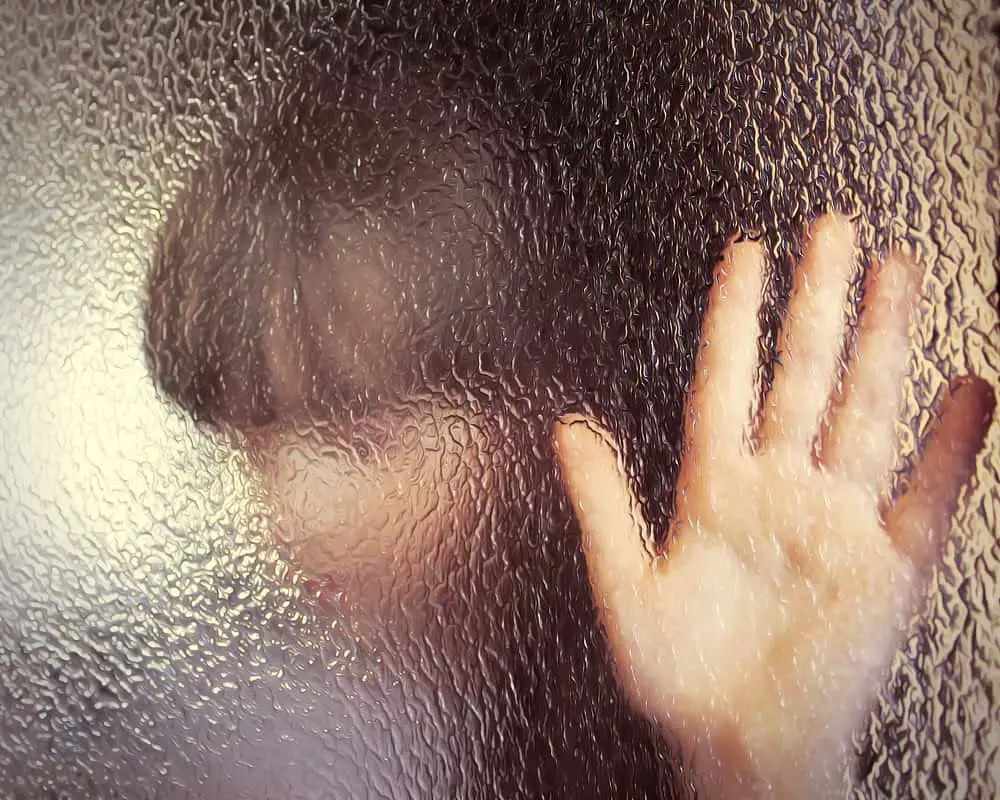
Where Can You Use Frosted Glass?
There are numerous uses and purposes for frosted glass. This is a great product for privacy and allows light to diffuse naturally into the room. It can be used on windows, partitions, and decorations. The idea of using frosted glass is as limitless as your imagination.
One of the main reasons people choose frosted glass is to keep out the sun’s glare. Unlike traditional glass that’s completely clear, it’s possible to keep the light from shining through frosted glass.
This is especially helpful in spaces that feature a lot of reflective surfaces, like kitchens and bathrooms.
Another use for the frosted glass is to filter out daylight. If you live in an area with a lot of afternoon sun, you can use frosted glass to keep the lighting from washing out your walls and flooring. This is especially helpful for bedrooms that are used for sleeping.
Acid-etched glass can be used in several ways to ensure privacy and still retain a natural light ambiance in the room.
- Decorative windows and doors in restaurants, homes, pubs, and the workplace
- Used in retail storefront windows
- As a partition between workplaces
- Its smoothness allows it to be ideal for shelving, railings, and partition walls.
Sandblasted glass can be used not only for wall partitions and windows but also as decorative ideas. Sandblasting can also be done on smaller items and can be done by hand and with the help of a machine.
- As windows and doors for privacy
- Decorative motives on glass wall partitions
- As designs on plates and glasses
Ceramic frit silk screening glass can be used in a multitude of ways and for very different purposes than your usual standard home doors and windows.
- Windows on canopies
- Decorative designs on ornaments
- Curtain walls
- Decorative door glass
Translucent interlayer laminated glass has many valuable uses for home and office use, which include;
- Reduction of noise transmission
- UV Filter windows can also be used as a filter for infrared and visible light.
- Used as glass windows in skylights
- Exterior storefronts to minimize sun damage to stock
- Hurricane resistant construction to prevent shards of glass from breaking off
- Curtain walls and windows
Applied translucent film glass can be used in different ways to suit your needs;
- Used for privacy but still allows the sun to penetrate and fill your home or office with warm sun rays.
- Great for interior design and decorative finishes
- Create easy-to-use logos and branding that can be swapped out when needed.
- Great for advertising graphics for seasonal campaigns.
- It helps reduce sun glare.
- Used on windows and doors to insulate against the outside environment
Pros And Cons
As with most things in life, everything has a good and a bad point. Knowing the pros and cons of each glass type will help you determine which glass would be the most cost-effective and ideal addition to your home or office.
| Glass Type | Pro | Con |
| Acid Etched glass | Easy to cleanCan be customized | It uses hazardous material, and extra precautions are needed when making it.Not as strong as laminated glass |
| Sandblasting glass | Bigger choice of gradient and opacityMore resilientOpportunities for customization and visibility levels | Difficult to cleanMore intricate guidelines for storing it to prevent damageHigher cost |
| Ceramic frit silk screen glass | Higher quality of frosted glassbeneficial properties for solar preventionAbility to use more vivid colors | If it breaks, the pattern will have to be replaced as wellCeramic frits can dissolve in water after a while |
| Translucent interlayer laminated glass | Strongest glass on the marketDesigned to keep people safe from broken glass pieces | Most landfills don’t take broken laminated glass anymoreCostly as both panes of glass and the vinyl have to be replaced if it breaks |
| Applied translucent film glass | It can be used to add color or decoration to glass walls Adds privacyIt helps reduce utility costsCost-effective | If a window breaks, the film has to be replacedIf not applied well can leave air bubbles between the film and the windowCan eventually peel off |
Can Your Frost Existing Glass In Your Home?
If you are looking at updating your home with a modern twist by frosting existing windows and doors, then you are in luck. There are a few cost-effective DIY solutions that you can use to upgrade the look of your home and make your friends think you splashed out for an interior decorator.
Spray paint can be a great way to quickly spruce up a window or door for some extra privacy or to block out some sun rays that are damaging your furniture.
This DIY option of buying frosted spray paint can easily be bought online or from your nearest home improvement store.
You can choose the opacity of the frost by adding coats of sprayed paint to already-dried layers. Also, if this was not what you wanted or need to change your design, the finish can be scraped off with a scraper. There is no need to change the glass and incur costly bills to upgrade your home.
Window film is another great way to frost your windows at home on your off weekend when the mood of renovating grabs you.
This type of application is very forgiving, and if you don’t get it right on the first try, you can easily start over as it uses a non-adhesive static cling film.
This application uses water and some dish detergent to create a contact between the glass and the film. If you get bubbles, you can easily remove them by using a squeegee to remove the bubbles.
If it’s not perfect, peel it off and start again, it’s that simple.
Etching may be more of a tricky process and much harder to do on large surfaces, but the crafters out there that enjoy modernizing shelves or cabinet glass can have a great time applying this cream-based etching product.
When using this route to frost small projects, be sure to take care when applying the cream and make sure to follow the instructions to get the best results from the product.
Conclusion
Frosted glass is one of the most popular types of windows because it can help filter out sunlight, filter in light, and provide privacy. But knowing how to use this type of window correctly is important to make the most of its benefits. There are also DIY kits you can get to spruce up your windows, doors, and cabinets for a fresh, clean look for those small home renovation jobs.
So with so many options available and different methods of application, the last thing to do is decide and act. Happy frosting!

